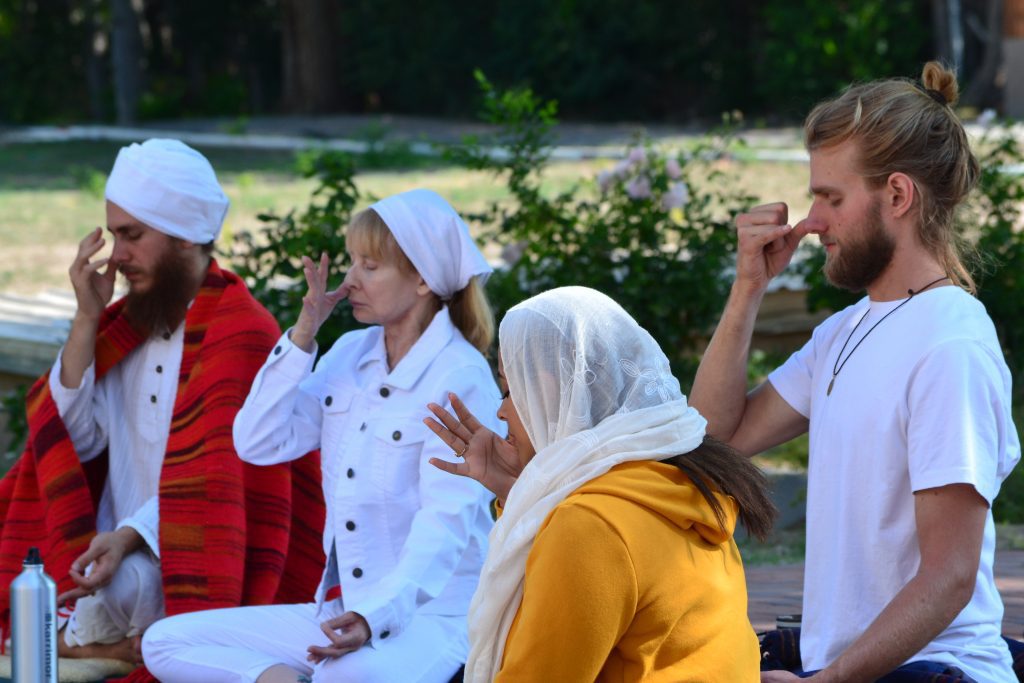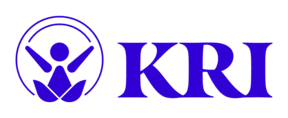(BPT) – Because it happens automatically, you probably don’t put much thought into your breathing. However, the COVID-19 pandemic has brought focused attention to respiratory health. Conscious breathing — the yoga practice of pranayama — can help support respiratory health, mental wellness and the body’s physical ability to protect itself.
Pranayama basics and benefits
Pranayama is breath control, and it is a fundamental part of Kundalini Yoga. According to the 3HO Foundation, the average rate of breathing for most people is 16 times per minute. When the rate of breathing increases, or if it becomes rapid and irregular, the mind also becomes disturbed and erratic.
Yoga practitioners believe that your rate of breathing and your state of mind are inseparable. When you learn how to focus your breath, you have more control over your mind, which influences mental well-being by reducing stress and calming negative responses.
Beyond mental wellness, researchers have found that mindful breathing also supports physical wellness. In controlling your breath, you can help strengthen the immune system and support the body’s response to disease. This is particularly important when it comes to respiratory health.
“Yoga – A Remedy to Respiratory Illness” by Dr. Sripriya Krishnan states: “Research studies report that many people with serious respiratory ailments have found a solution in yoga. As the mind is calmed the hyper-reactivity that causes diseases such as bronchial asthma and nasal allergy is reduced. Yoga also strengthens the immune system, so chronic infections are less likely. Finally, if the lungs are permanently damaged, as in chronic bronchitis, yoga teaches how to improve the mechanical efficiency of our breathing and make the most of our lung capacity.”
Start a pranayama practice at home
With heightened awareness of respiratory wellness, many people are exploring the breathing exercises of pranayama at home. Here are two simple Kundalini Yoga breathing techniques you can practice anywhere to improve your respiratory health:
Technique 1: Long deep breathing
Long deep breathing uses the full capacity of the lungs by utilizing the three parts of the lungs: abdominal or lower, chest or middle, clavicular or upper. Begin the inhale with an abdominal breath. Then add the chest breath and finish with a clavicular breath. All three are done in a smooth motion.
- Start the exhale by relaxing the clavicle, then slowly emptying the chest. Finally, pull in the abdomen to force out any remaining air.
- Breathe through the nose, and focus on gradually slowing your breath.
- Continue for 26 breaths, or 3-31 minutes.
Technique 2: Alternate nostril breathing

Sit in a comfortable position either on the floor or in a chair and maintain a straight spine. Using the thumb and index fingers of the right hand, make a “U” and use the thumb to close off the right nostril and the index finger to close off the left nostril.
- Close the left nostril, inhale deeply through the right nostril. At the end of the inhale, close the right nostril and exhale through the left nostril.
- Now inhale through the left nostril fully and deeply, then close the left nostril and exhale through the right one.
- Again, inhale through the right nostril and continue alternate nostril breathing. The breath must be complete and full on both the inhalation and exhalation cycles, keeping the shoulders without tension and the body relaxed.
- Continue for 3-5 minutes.
- To end, inhale deeply, hold the breath a few seconds, lower the hand and exhale.
Controlled breathing through pranayama can help improve respiratory health, which is even more important during the coronavirus pandemic. To learn more visit kundaliniresearchinstitute.org and 3ho.org.
